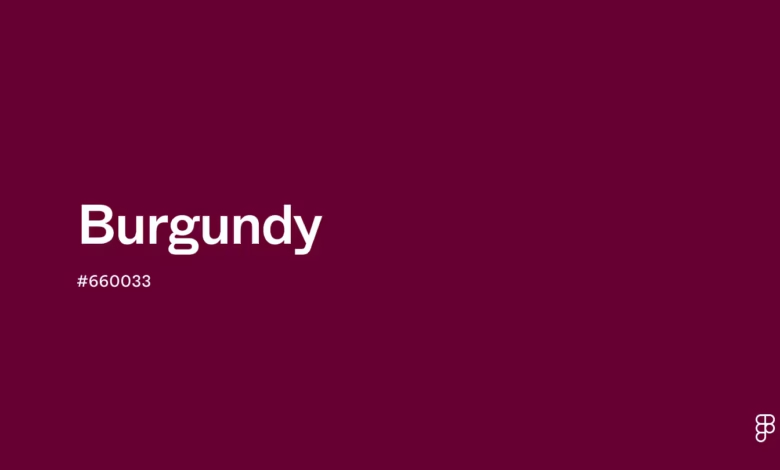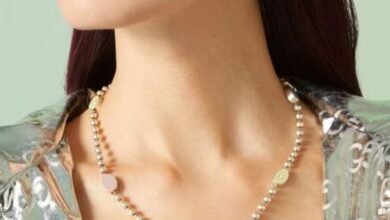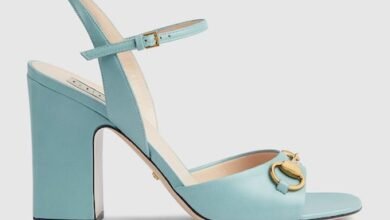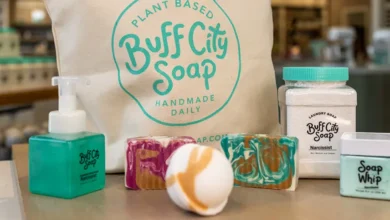Burgundy Color: A Bold Blend of Sophistication and Style

Introduction: What is the Burgundy Color?
Burgundy is one of those colors that speaks volumes without saying a word. It’s a deep, rich shade of red with subtle purple and brown undertones, and it’s often associated with luxury, power, and depth. Named after the Burgundy wine of France, this color has long been admired for its elegance and versatility. Whether it’s seen in fashion, interior design, or branding, burgundy has a way of standing out — but not in an overpowering way.
The burgundy color sits somewhere between red and purple on the color wheel. While it’s commonly confused with maroon, the two are distinctly different. Maroon has a more brownish tone, while burgundy maintains a purplish hue. This subtle difference can drastically change the mood of a space, outfit, or even a logo. Burgundy’s complexity gives it a timeless feel, making it perfect for both modern and classic aesthetics.
Burgundy also carries a psychological weight. It conveys strength, confidence, and ambition. It’s a color that draws people in — not because it screams for attention, but because it exudes quiet confidence. This makes it a popular choice for people looking to make a refined statement, whether it’s through a velvet blazer or a freshly painted living room wall.
History and Origin of the Burgundy Color
The name “burgundy” comes from the Burgundy wine, which originated in the Burgundy region of France. This deep red wine inspired the name of the color in the late 1800s. However, the shade itself has existed long before that, appearing in royal garments, religious attire, and ceremonial objects across centuries.
In ancient times, colors like burgundy were considered luxurious because the dyes used to produce them were rare and expensive. Burgundy was commonly used by the elite, symbolizing wealth and power. Throughout history, you’ll find this color in everything from Roman to Renaissance art, always playing a central role in design and symbolism.
Fast forward to the 20th century, burgundy found its way into mainstream fashion and interior design. The 1980s, in particular, saw a resurgence of burgundy in everything from clothing to home decor, thanks to its bold yet sophisticated vibe. Even today, designers and artists return to burgundy when they want to evoke tradition and modernity at the same time.
Burgundy in Fashion: A Timeless Classic
Burgundy has long been a staple in the fashion world. It’s considered one of those “go-to” colors that can elevate any outfit — whether it’s casual or formal. Designers often reach for burgundy in fall and winter collections due to its warm, comforting tone, but it’s versatile enough to make appearances year-round.
For men, a burgundy blazer or tie adds an unexpected pop of color to an otherwise neutral outfit. It suggests confidence and taste without going overboard. On the other hand, women’s fashion has embraced burgundy in everything from dresses and heels to lipstick and nail polish. It’s bold yet feminine, dramatic yet sophisticated.
One of the biggest reasons burgundy remains in vogue is its adaptability. It pairs well with neutrals like black, white, and beige but also complements metallics like gold and silver. Whether you’re attending a wedding, heading to a meeting, or going out for drinks, burgundy can help you strike the perfect balance between bold and refined.
The Psychology Behind Burgundy
Colors have a strong impact on emotions, and burgundy is no exception. Because it’s derived from red — the color of passion, love, and power — burgundy retains some of those attributes but in a more subdued and mature form. This makes it ideal for settings or clothing where you want to appear composed yet strong.
Burgundy is often associated with ambition, wealth, and sophistication. It’s not a color that shouts; instead, it whispers luxury. People who are drawn to burgundy often enjoy the finer things in life and have a strong sense of self. The color can also evoke feelings of comfort and warmth, making it a popular choice for cozy spaces like libraries or bedrooms.
In branding and marketing, burgundy is frequently used to suggest elegance and professionalism. Think of luxury car ads, premium wine labels, or upscale fashion brands — burgundy helps create an aura of exclusivity. The psychological impact is clear: this is a color that stands for quality and refinement.
Burgundy in Interior Design: Warmth and Sophistication
If you’re looking to add depth and richness to your home, burgundy is an excellent choice. It brings a touch of elegance without being overly dramatic. Whether it’s a burgundy accent wall, a velvet couch, or small decorative elements like cushions and throws, this color adds warmth and class.
In living rooms, burgundy works beautifully when paired with neutral tones like beige, taupe, or gray. It can be used as the main color for walls or furniture, or as an accent to add a touch of luxury. Because of its dark tone, it’s best balanced with lighter colors to prevent the space from feeling too heavy.
Bedrooms also benefit from the cozy feel of burgundy. From bedding to curtains, the color promotes a sense of comfort and intimacy. In kitchens or dining rooms, burgundy can create a rich, inviting atmosphere that encourages long conversations and shared meals. It’s particularly effective when combined with wood and metallic finishes.
Burgundy in Pop Culture and Media
Burgundy has made several iconic appearances in pop culture. Perhaps the most humorous and memorable is Ron Burgundy from Anchorman — the name itself is a playful nod to the character’s exaggerated sophistication. But beyond that, burgundy has been a favorite in movies, music videos, and red carpet looks.
Hollywood stylists frequently dress celebrities in burgundy for award shows and film premieres because it photographs well and conveys a sense of timeless glamour. Designers like Gucci, Valentino, and Ralph Lauren have all featured burgundy in their high-end collections, proving that this shade never really goes out of style.
In music videos and album covers, burgundy is often used to convey moodiness, depth, or romanticism. It’s a color that can suggest luxury and mystery all at once — perfect for artistic expression. Even tech gadgets like smartphones and laptops have featured burgundy finishes to appeal to consumers seeking a sleek, premium look.
How to Use Burgundy Effectively
If you’re thinking of incorporating burgundy into your life — whether it’s in your wardrobe, home, or brand — it’s important to do so with intention. Too much burgundy can feel overwhelming, but just the right amount can make a lasting impression.
Start small. In fashion, this might mean a burgundy scarf or handbag. In interiors, a single chair or wall can completely transform a space without overpowering it. When paired with the right complementary colors, burgundy becomes even more impactful. Think gold for glamour, navy for depth, or blush pink for softness.
Also, be mindful of the context. Burgundy might be perfect for a dinner party outfit or a cozy living room, but it might not be the best fit for a summer beach wedding or a tropical-themed logo. As with all powerful colors, the key is balance and purpose.
Conclusion: Why Burgundy Still Reigns Supreme
Burgundy isn’t just a color — it’s an experience. It embodies richness, depth, and elegance in a way few other shades can. From ancient royal robes to modern-day fashion runways, burgundy has stood the test of time as a symbol of luxury and style.
Its ability to blend seamlessly into both traditional and modern settings makes it incredibly versatile. Whether you’re painting your walls, updating your wardrobe, or designing a brand, burgundy offers a timeless palette that speaks of class, strength, and warmth.
So, the next time you want to make a bold yet tasteful statement, consider burgundy. It’s more than just a color — it’s a mood, a vibe, and a classic that never goes out of style.



